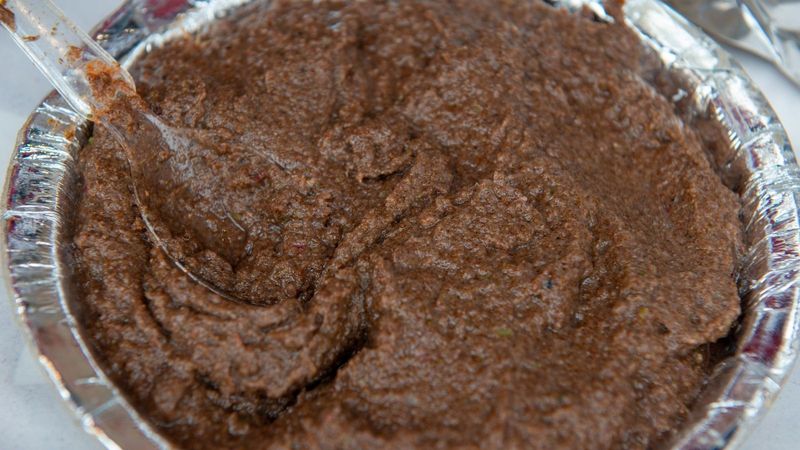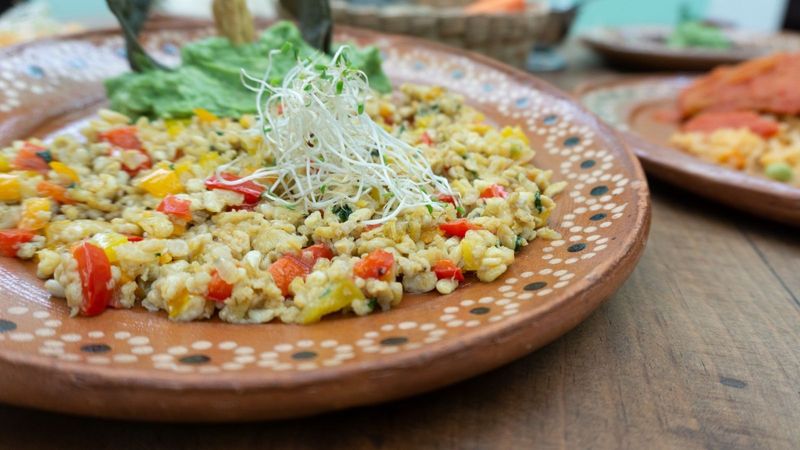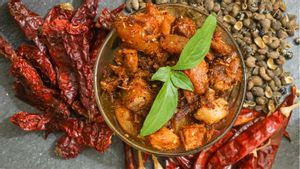There’s something about the words ‘ants’ and ‘childhood’ that always seem to go hand-in-hand for me. Be it getting bitten by an army of angry red ants, that we call uiyos in Konkani, while climbing a mango tree in Goa, or intently watching a colony of black ones hoist pieces of jaggery—infinitely bigger than their tiny, bulbous bodies—onto their backs, as they scaled the pantry wall.
But perhaps, the most poignant of all ‘ant memories' is reluctantly giving in to my Mum’s famous line that eating those few stray specimens, that had fallen into my bowl of treacle-sweetened porridge, was good for my eyesight. Maybe it wasn’t an old wives' tale, after all. I have a perfect 20/20 vision to this day! After all, the Eastern states in India- Odisha, Jharkhand and Chhattisgarh make for an insanely tasty and spicy delicacy in the form of a paste with these red ants! Let's find out more.
Grub crawl
That aside, entomophagy, to use the clinical term for the practice of eating insects, has been one that has always had strong underpinnings in the dietary habits of many a Sub-Saharan African, South American and Southeast Asian country. But what’s more interesting is that unbeknownst to most, several communities here in India—mainly concentrated in the north-eastern and central parts of the country—have for millennia consumed and continue to relish insects, and ants in particular, as part of their traditional diet.

A few days ago, it was reported that scientists in Odisha are working furiously on their research to finalise the GI or Geographical Indications registration process of kai chutney. This chutney has the red weaver ant, scientifically called oecophylla smaragdina as the core ingredient that’s ground along with salt, ginger, garlic and chillies, and served as a piquant condiment.
This one is made by several tribes in and around Odisha’s Mayurbhanj district. An area where the red weaver ant, called kai locally, is found in abundance throughout the year. The chutney is said to be rich in not just protein, but also a great source of calcium, zinc, iron, magnesium, sodium, copper, vitamin B-12 and 18 amino acids. All these making this ancient superfood a great health tonic and immunity booster.
Indian ‘ant’ics!
Interestingly, this ant chutney sees various permutations and combinations of itself around India. Dishes that I’ve been lucky to try over the years on my various travels as part of my writing oeuvres.
Probably the most potent and celebrated of all dishes in the state of Chhattisgarh is the chaprah red ant chutney of the Dhuruva tribe. This remote tribe cocooned in the jungles of the state’s south-east Bastar district, first hunts down a tree swarming with the red ants and then proceeds to gather the nests, eggs et al. They then go on to grind all this together with green chillies, ginger, garlic and forest tomatoes. The result is a spicy condiment to jazz up a bland dish.
But it’s not just the ants, but also their eggs and larvae that go into the Assamese dish called amloi parua. This one is made especially during the festival of Bohag Bihu, where it is served with duck eggs. Though similarly prepared to kai chutney and chaprah, amloi parua has a distinctly minty citrus taste. This is mainly thanks to the green ants used in its preparation that are foraged off the citrusy leaves of mango and Indian olive or jolphai trees.
International eggtravagance
On a trip to Mexico, I saw how truly far the ant, and most specifically its eggs, have travelled as edible delicacies. Bearing the moniker of “Mexican Caviar”, and commonly consumed around the capital Mexico City, escamoles are the edible larvae and pupae of ants.

With their buttery taste and crumbly texture, escamoles—which have been consumed in Mexico since the time of the Aztecs—find themselves as fillings in tacos, burritos and enchiladas, among scores of other snacks. They even headline main dishes entirely dedicated to them. Like the stir fry-adjacent escamoles al mojo de ajo, where they are scooped up with crispy fried tortilla chips and chased with a shot of mezcal.
Closer home in Southeast Asia—in north-eastern Thailand to be more specific—I recently ate a deliciously fluffy breakfast omelette made from regular chicken eggs, fresh dill, fish sauce and studded with weaver ant eggs that pop in the mouth with each bite. Very surprisingly, I was told that these eggs are called khai mot daeng in the Thai language, that sound so similar to the aforementioned kai ants of Mayurbhanj, Odisha.
Now, ‘ant’ that a yummy coincidence and cross-cultural culinary affinity at its best!





